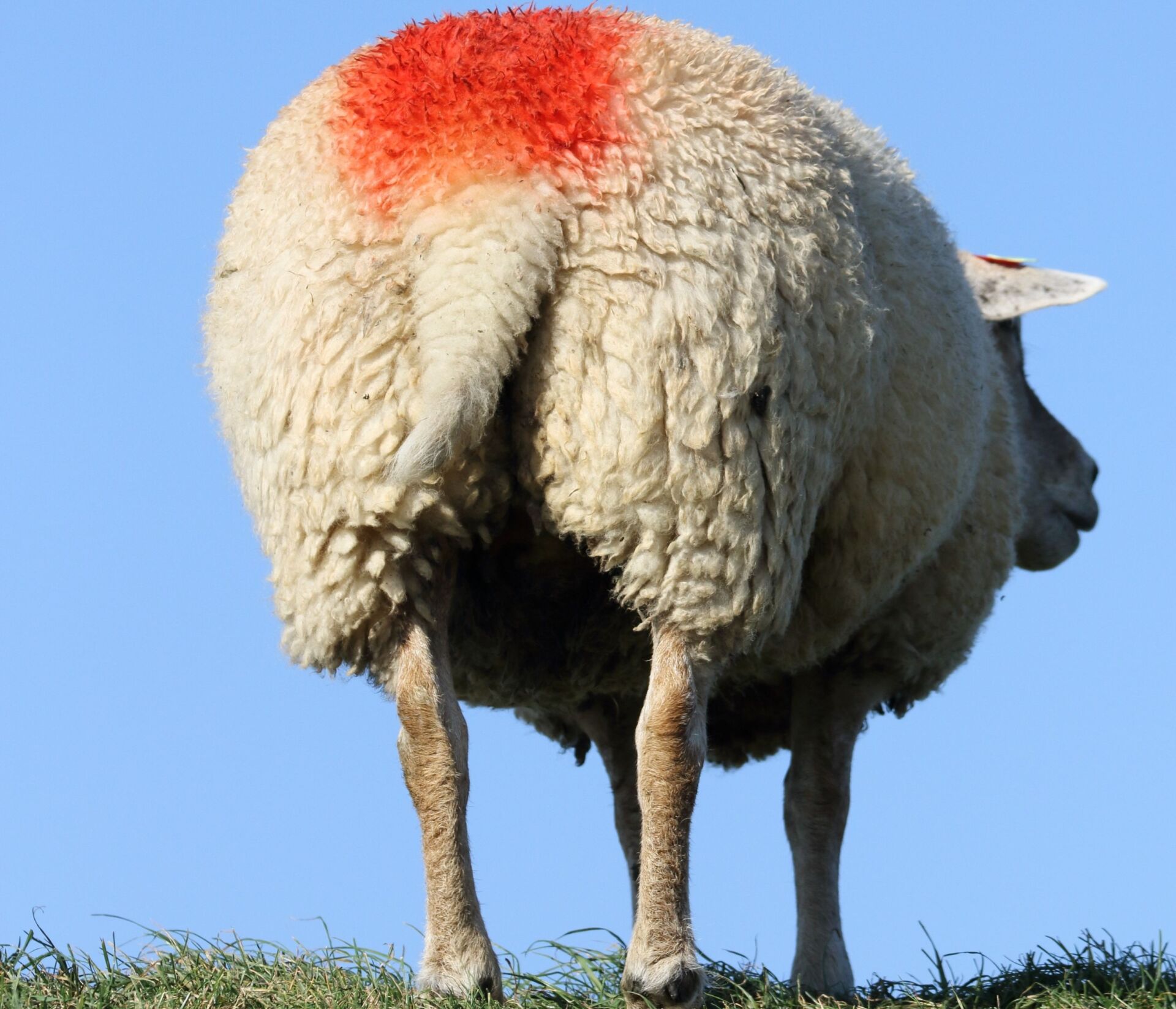We found the abandoned lamb at the edge of a field, bleating plaintively as it trotted towards us on wobbly legs, its mother nowhere in sight. The farmer scooped it up and tossed it into my arms as we climbed back into his four-wheel-drive. The little creature was all soft fleece, wet nose and warm wriggles as it burrowed into my lap, and it reminded me of cuddling baby goats when I was a child in a Nepali village. It also reminded me how much more fun research is than writing.
It was all in a day’s work for me as I developed my recently published novel Of Stone and Sky. It’s the story of a Highland shepherd, Colvin, who disappears and leaves a puzzling trail of his possessions leading up into the Cairngorm mountains.
The idea began in the middle of the night on a summer solstice, but as soon as I began to write it, I realised I knew precious little about what a shepherd does all day. This state of affairs had prevailed despite being surrounded by sheep.
Where I live in Badenoch, the upper strath of the River Spey, it’s farming country. In fact, the flock from across the road not uncommonly breach their fences and colonise the neighbourhood, even raiding my garden. But apart from the legendary straying of wayward sheep, I didn’t know much about shepherds. Fortunately, several of the ones around me were only too happy to answer my many questions and let me trail around after them like a clue-less lamb.
An unfailingly kind source of information was the Slimon family of Laggan, who – like many locals – have farmed here for several generations. I have rarely been as excited by a literary discovery as when I fell upon Campbell Slimon’s book Stells, Stools, Strupag: A personal reminiscence of sheep, shepherding, farming and the social activities of a Highland Parish. (It’s all pacy, racy thrillers for me!) Even better was meeting Campbell and his wife Sheena and their son Archie and daughter-in-law, Cathy, and learning first-hand what the shepherding life was like.
On a surprisingly cold day in May, I joined them in their draughty shed to watch the previous year’s lambs being sorted and processed for their various futures. At the juncture of their destiny, Archie heaved them one by one onto a wooden platform and pinned them into place to prevent kicking, while Campbell and Cathy delivered various ministrations.
If you’re squeamish, look away now. Out came an enormous syringe for vaccination, a sharp knife for the docking of tails and a nifty tool for castration. The ones staying on the farm were also ‘keeled’ with a daub of blue paint on the bum, and got ‘lug-marks’ cut into their ears, a distinct pattern linked to each farm which dates back, in some cases, for hundreds of years.
“I have rarely been as excited by a literary discovery as when I fell upon Campbell Slimon’s book Stells, Stools, Strupag: A personal reminiscence of sheep, shepherding, farming and the social activities of a Highland Parish.”
In the summer, I watched Cathy clipping, impressed by the deft handling of disgruntled sheep and the speed of the shearing. Farmers here still help each other out, but community clippings are rapidly giving way to hired contractors.
The Slimons gave me a copy of a beautiful film by Jill Brown Media of The Clippings in the Laggan valley, one of the last of its kind. It features local families, and the little kids bouncing on the wool bags grew up into teenagers that I taught at Kingussie High School. The first minute of the film became the opening for my Zoom book launch.
Then in a bright day in September, I went up the hills above Dalwhinnie for a gathering. Puffing my way up the tussocky slope behind Archie, I marvelled at how the slightest word from him had the dogs rippling out and back, as if joined by invisible threads. At the top, he sent me ahead to wait at the first burn while he prised some sheep out of a gully.
Unfortunately, the dogs are not so good at rounding up lost writers, so Archie had to come trudging back to find me, at which point I discovered the trickle I had stopped at was not, in fact, The Burn. Whatever it was, the Slimon’s now call it Merryn’s Burn.
Another September, I met the family again, this time at the Kingussie sheep mart. Although it’s directly across the road from the high school, I’d never really paid it much heed. At one time one of the busiest livestock markets in the Highlands, it is now half an acre of outdoor pens around a low, weather-beaten, wooden building.
From the outside, it looks little more than an oversized, round shed, but inside there was a bustling auction in full swing. Wizened farmers in dun-coloured jackets and tweeds leaned over the railings around the edges as bolshy sheep were herded into the ring, bid for and bought, and herded out the other side. Here was a whole industry, a whole way of life, a whole world, happening right under my nose that I’d never known about.
Learning something of its story and characters was one of the great joys of writing Of Stone and Sky. The account of sheep in Scotland is complicated and fraught with divergent perspectives. When I began writing – knowing from the beginning it was a story about the land as much as the people – I walked in blissful ignorance where angels fear to tread.
Now that I know more, I acknowledge the difficulties but also realise that, perhaps, that is what the book has been about all along. It is the story of struggle, of relationships with the land that are as much wrestling as embrace, and of a people forever marked by it.
Early in the novel, my shepherd Colvin’s mother, who grew up a Highland Traveller, learns the sheep farming life from her father-in-law. My own learning is captured through her eyes.
“She witnessed his bond. To the sheep and the dogs and the land, to the seasons and the weather, to the neighbouring shepherds in time of need, but mainly to this solitary walk; this ancient herding windblown way.”
Of Stone and Sky is available in hardback and ebook wherever you get your books. You are warmly invited to an evening called The Shepherd’s Tale at the Badenoch Heritage Festival on Friday 24 September in Kingussie. It will include readings from the novel, conversation with the Slimons, a showing of Jill Brown’s Blaraigie Clippings film and live music by traditional musician Hamish Napier. Sign up here for further news of that and Merryn’s other events. See: www.merrynglover.com





